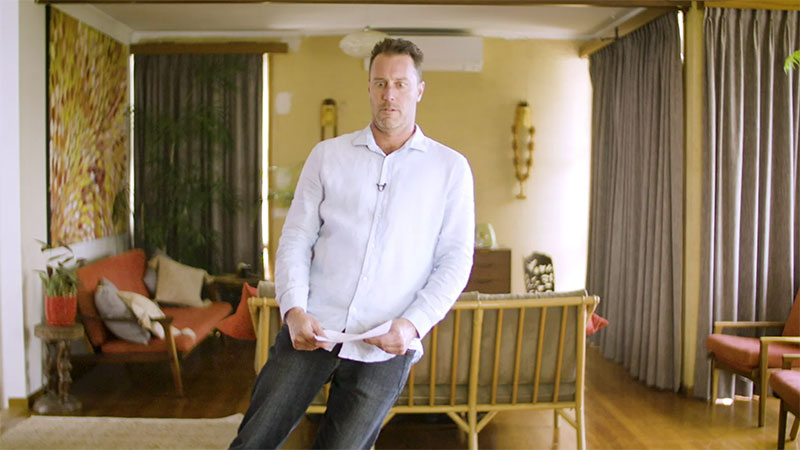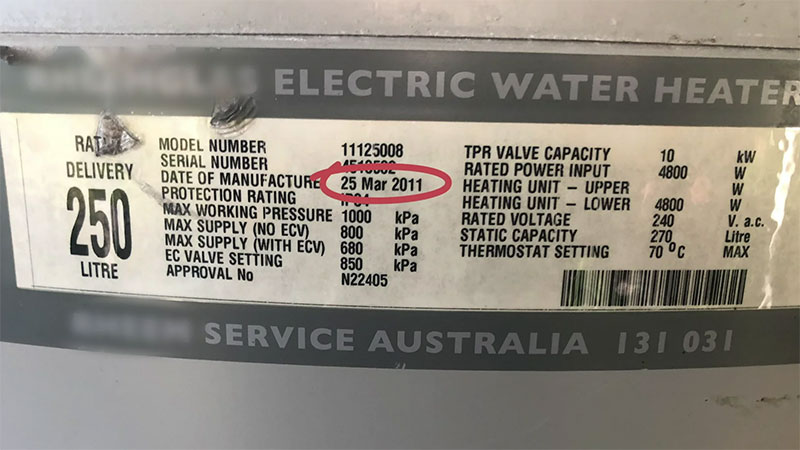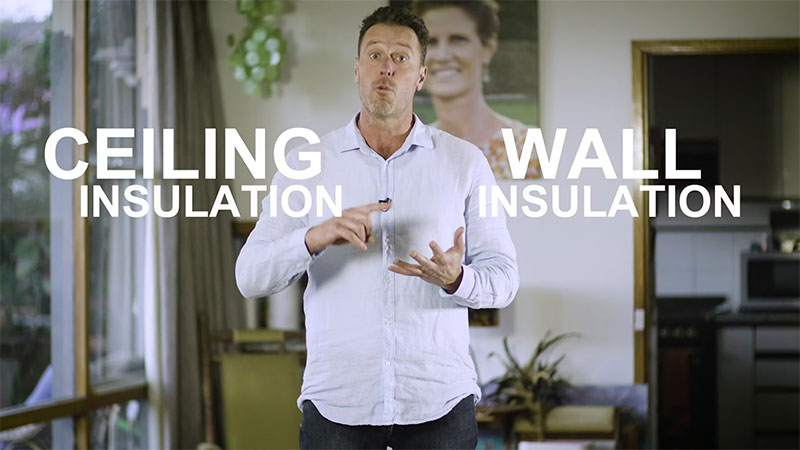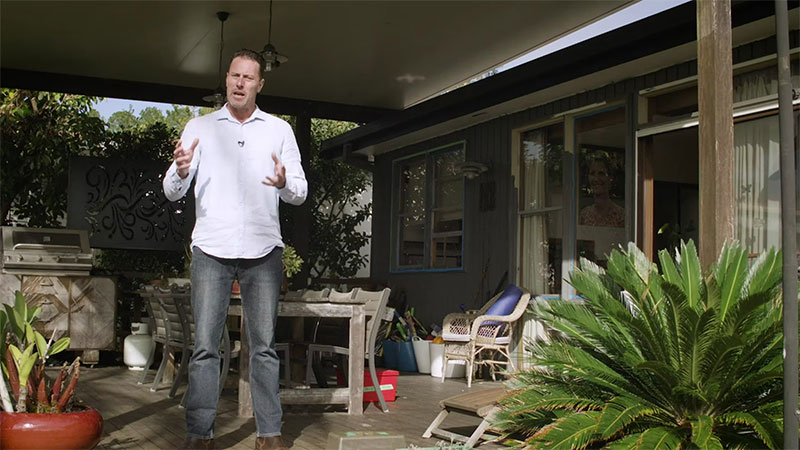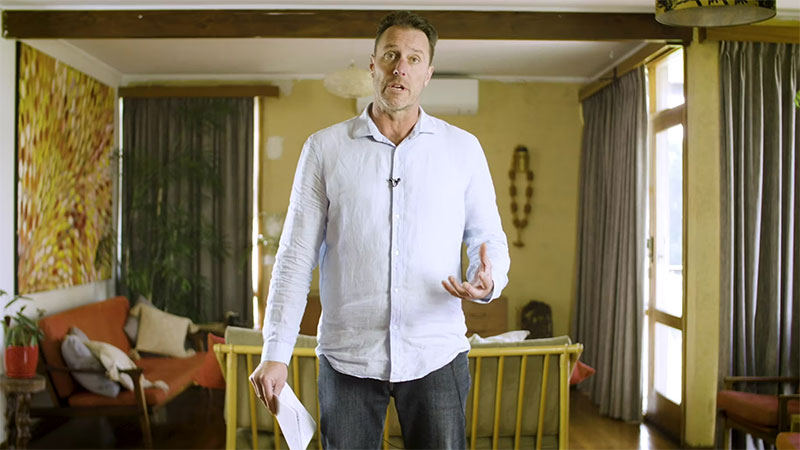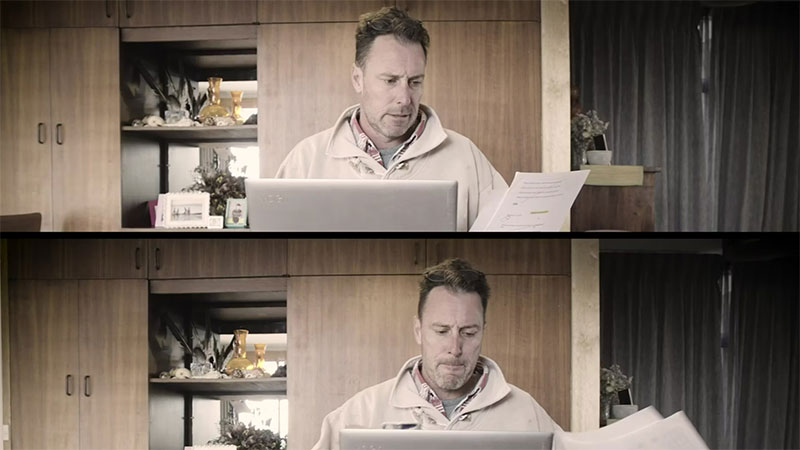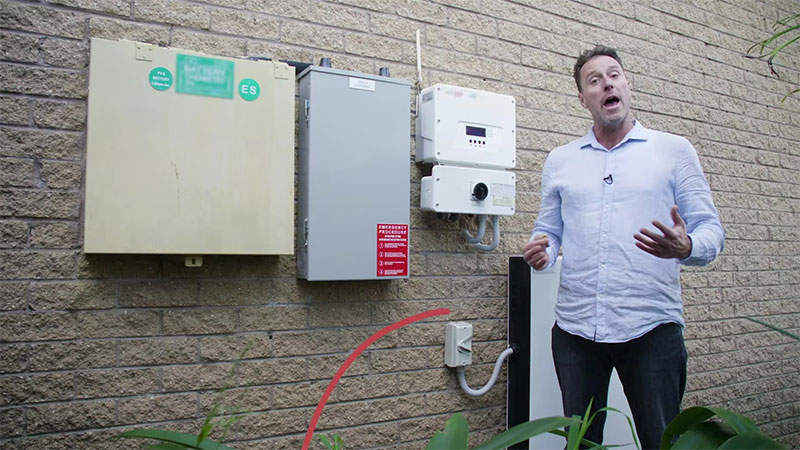In the Home
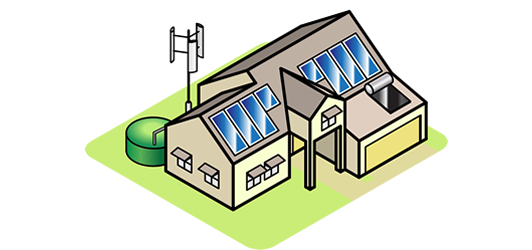
Discover ways to make your home more sustainable. Please find information below on how to cut your energy and water usage.
Saving Energy in the Home
Solar power systems are now an affordable option for Australian households looking to reduce their power bills and generate their own clean electricity. With the increased range of products and suppliers on the market, being an informed consumer has never been more important. The Clean Energy Council’s Consumer Guide to Buying Household Solar Panels tells you everything you need to know.
The SunSPoT solar calculator can help you make an informed solar purchasing choice.
The NSW Home Solar Battery Guide will also help you decide if and when a battery is practical for your household.
Borrow a Save Power Kit or Thermal Camera from your local library. Save Power Kits can help you find out which of your appliances are using the most energy and how you can save money on your power bills. Thermal Cameras can help you locate insulation and draught problems in your home. The Save Power Kits contain a power monitor, infrared thermometer and thermometer to test heating, cooling and refrigeration temperatures. New Thermal Cameras are now available separately for borrowing.
Help decrease greenhouse gases by purchasing GreenPower products from your energy retailer, who will then buy electricity from renewable energy sources on your behalf.
Getting a smart energy meter will help you make informed choices about energy efficiency decisions.
This means you can size-up the right size solar for your home, and perhaps save money in the process by knowing what is using your energy and when.
Here’s some advice from Canstarblue on how to request a meter.
There may be a small cost, or you might be surprised to find out you already have one.
You can request existing meter data from your provider and they may have an app too so you can get just in time alerts.
Energy Made Easy lets you compare all electricity and gas retailers in your area to see if you are on the best energy offer for your needs. You can also learn how to understand your electricity usage and compare it against other households in your area.
- Turn off unnecessary lights.
- Make the most out of natural lighting.
- Replace all light globes with energy efficient ones.
- Where possible install LED lighting, which last 80 times longer than incandescent globes and will save at least 85 percent of electricity use.
- Use the lowest wattage globe wherever possible.
- Keep lights and light fittings clean and free from dust. Dust build-up can reduce light output by up to 50 percent.
- Avoid down lights. Apart from using more energy, they also contribute to heat loss through the roof.
- Use timer controls or sensors to switch lights off automatically.
- Paint walls in light colours to reduce the amount of lighting needed.
- Seal cracks around windows and doors or use door ‘snakes’.
- Hang heavyweight, tight-fitting curtains from closed pelmets to reduce heat loss by 30-50 percent.
- Keep your home cooler in summer by shading north and west facing windows with native vegetation or awnings.
- Wear warmer clothes.
- Close off unoccupied rooms.
- Consider roof, underfloor and wall insulation.
- Use ceiling fans in high temperatures.
- Reverse cycle air conditioners are up to four times more energy efficient than other heaters.
- Use a thermometer to set temperatures for heating and cooling. Ensure it is between 18 to 21 degrees Celsius in Winter and 23 to 26 degrees Celsius in Summer.
- Turn off electrical appliances (computers, TVs, DVD players) overnight and when not in use.
- When purchasing new appliances buy a high star rated model to save energy and water. The more stars the more savings! Find out more about energy ratings.
- If you have time-based billing, use dishwashers, washing machines or dryers during off peak times to save money (after 10pm and before 7am).
- Wait until you can wash with full loads rather than washing small loads frequently.
- Dry your washing on the clothes line rather than using a drier as often as possible.
- Program the computer to have a blank screen when idle as screensavers will not reduce energy use.
- Use a microwave rather than a conventional oven to cut costs by 70 percent.
- Try not to open the oven door when cooking.
- Boil water in an electric kettle instead of on the hotplate.
- When cooking in a saucepan, use minimal water and keep the lid on to trap heat.
- Fan-forced ovens cost up to 35 percent less to run than conventional ovens.
- Cook larger batches of food and freeze for another day.
- Set the fridge at five degrees Celsius and the freezer at minus-15 degrees to reduce running costs.
- Keep the fridge at least five centimetres from the wall to allow the heat to escape and save up to 150kg of greenhouse gases each year.
- Locate your fridge/freezer out of the sun and away from the oven.
- Open the doors as little as possible.
Get started by using this Comfortable Homes in Summer and Winter sustainability checklist.
Reducing Water Use
- Check for leaking taps. One leaking tap can waste up to 2,000 litres a month.
- Install a water efficient showerhead or fit a flow-restricting valve. Showers can now use as little as 9 litres per minute instead of the old shower heads that used 22 litres per minute.
- Turn taps off tightly and replace washers when they begin to leak.
- Take shorter showers by using a timer.
- Turn off the tap when brushing your teeth and use a plug in the basin when shaving.
- Turn your single-flush toilet into a dual-flush toilet or install a displacement device in the cistern (tank) of single-flush toilets.
- Check your toilet for leaks by adding drops of food colouring to the cistern. Don’t flush for one hour and if the colouring shows up in the bowl it’s leaking.
- Before you go to bed, check your water metre reading then make sure no one uses any water overnight. If the reading is higher in the morning, you have a leak.
- Install water efficient taps or tap aerators to cut water usage.
- Choose a dishwasher with a 5-star rating for sparkling dishes and a lower water bill.
- Dishwashers connected to cold water are usually more efficient than those connected to hot water systems.
- Use a bowl of water to rinse vegetables and other food items instead of running the tap.
- Choose washing machines with a water efficiency rating of 4-and-a-half stars or above, which can use up to two-thirds less water than inefficient models.
- Look for a front-loading washing machine with at least 4-and-a-half stars when you buy a new washing machine.
- Front-loading washing machines generally require less water than top-loading machines.
- Adjust the load water level to match the amount you’re washing or only put on full loads.
- Regularly clean the lint filter on your washing machine.
- Choose native plants, which require less water.
- Group plants with similar watering needs together.
- Adjust your watering patterns to weather conditions and plant needs.
- Wash your car on the lawn and water the grass at the same time.
- Use a bucket for washing and rinsing your car, rather than leaving the hose running which can waste 20 litres of water a minute.
- Use a rake or broom to clean paths and driveways rather than a hose.
- Install a greywater system - 555kb to reuse your laundry water in the garden.
- Install a water tank for your garden. Rainwater can be used to water your garden, wash clothes and flush toilets. It can also be used to supplement the mains water supply, as long as you have approval from Sydney Water.
- The average backyard pool can lose up to 50,000 litres of water a year through evaporation. Installing a cover on pools and spas reduces this water loss.
- Ask your local nursery for advice on plants to screen the pool or spa and further reduce water loss.
- Install a shade cloth over the area to reduce evaporation.
- Consider replacing a sand filter with a cartridge filter, which requires less backwashing.
- Install an automatic pool cleaner to further reduce the need to backwash.
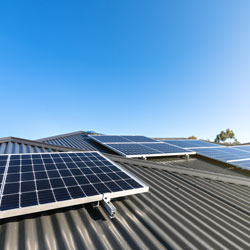
SunSPoT Solar Calculator
SunSPoT solar calculator is now available to Hornsby Shire residents and businesses, to help you make an informed solar purchasing choice.

Switch to GreenPower
Switching to 100% GreenPower is the best thing you can do for the planet today. GreenPower is a great option for renters and people who can’t install rooftop solar.








